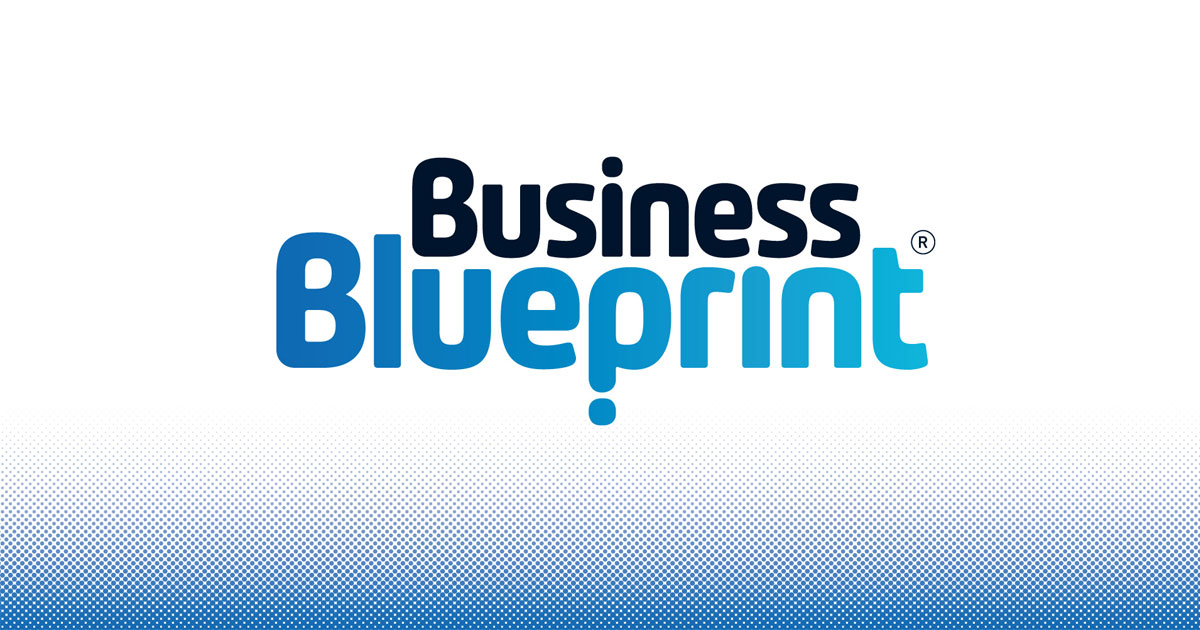One of the companies I’ve watched closely over the last three years is the sports clothing manufacturer Lululemon Athletica. During that time they’ve gone from complete obscurity to now defining and dominating their category. And in the process, they have stolen significant market share away from the once untouchable brands of Nike, Adidas, Puma and Reebok.
Their story is not one of overnight success. From humble beginnings, this Canadian brand started with just one location adjacent to a yoga studio. Lululemon and its founder Dennis “Chip” Wilson have struck retail gold and tapped into a unique success formula which positions them as a leader in the sportswear apparel industry.
With global revenue of $1 billion in 2012, there’s much to learn from the Lululemon business model.
As a customer and a keen observer, I’ve analysed eight distinct success factors of their business. Read each one carefully and ask yourself how many of these could be used to describe your business:
1. Find an Emerging Niche

We like to buy products that reflect our identity, in other words ‘how I like to see myself’. Or sometimes even ‘how I want others to see me’. Enter Lululemon. They saw this market rising like a phoenix and became the antithesis of these corporate giants. Terms such as unique and of exceptional quality combined with a tiny logo on the sleeve or collar are reflective of that underground cult status.
Question for Reflection: Are you in an expanding or shrinking market?
2. Design Functional Fashion
In the same way that Apple has put design, style and beauty at the heart of their products, so too has Lululemon. Whether it’s subtle effects in the stitching for the guys or feminine frills for the girls, their products scream, “I care about myself and how I look.” Also like Apple, beautiful design is followed closely by functionality that responds directly to the needs of its customers. Features such as special fabrics that absorb sweat or neutralise odour and details like tiny pockets in running shorts to hold a house key are examples of this foresight and knowledge of what their customers want.
As we learned in point one, people buy products because of what they ‘say’ about them. And what does this market want? They want to look good because they value health and appearance, they want to feel classy because they value themselves, and they want products that are comfortable and functional for their specific sport.
Question for Reflection: How well do you understand your customer?
3. Influence The Influencer

They then take professional photos of these influencers and blow them up onto massive canvases to display in their stores. The ‘models’ now appear as celebrities and this increases their credibility as respected and valued members of the community. Plus, because they contain captions such as, ‘Dana Cope, Owner of Chatswood Yoga’ its free advertising for the local trainers which helps them to grow their business (Umm, I wonder when the last time was that Nike was helping Dana grow her business). The combination of free product, free exposure and the more subtle benefit of appreciation, mean these local identities become fiercely loyal and wear only Lululemon clothes.
Then, as their business grows, more people see and want the gear worn by their trainers, which leads hordes of new people into Lululemon stores. An excellent win/win scenario is born.
Question for Reflection: Who else’s business are you helping to grow, so they in turn can help to grow yours?
4. Know Your Customers By Name
If you visit a Lululemon store you’ll notice a number of unique differences. On the door of each change room is a mini whiteboard. When you try on any clothing, the assistant asks for your name, guides you into one of the rooms and once the door is closed, writes your name on the whiteboard along with the number of items you have. From then on, all of the staff refer to you by name! This makes you feel like more than just a number and personalises the whole experience.
The store assistants will go back and forth as many times as you need bringing other sizes, colours, and designs. Plus, they proactively ask more questions (again using your name) about where and when you’ll be wearing the clothes. They’ll also give opinions on what they like and what else they think you need. By this stage, you trust them implicitly and because they themselves look great and are now treating you like the fitness friend they never had, the experience becomes even more positive.
Having been on the receiving end of this experience, it’s amazing how easily you can justify spending $600 on a handful of items. “Well, they really understood me and these are the items that I really need”. Yeah right!
Question for Reflection: How are you making each customer you have feel appreciated?
5. Encourage Your Staff To Dream

Having read a number of these goals in store, the thing I find most interesting is that many staff aspire to be a store manager or even own a Lululemon store. Isn’t it interesting what people say when you don’t tell them what they need to do, but instead give them a choice?
Question for Reflection: Do you know the personal goals and dreams of your staff?
6. Listen To Customer Feedback
A lot of companies say ‘we welcome customer feedback’ but in reality, you know they couldn’t give a s#%t. Seriously, when was the last time Adidas cared about your opinion and then did something about it? Never! So why bother saying anything, because you’re only wasting your breath. At Lululemon however, in every one of their stores, there’s a big blackboard with a title that reads ‘Design Feedback…Tell Us What You Think’.
If you pass on any feedback, staff are encouraged to walk you over to the board and in front of them, write up your suggestion for all to see. It might be, ‘more adjustable straps’ or ‘add an inside pocket (the size of an iPod shuffle) into the running tops’. Every month regional managers are required to read the boards in each store and look for consistencies and ideas for new product lines for development by the design team at the head office in Vancouver.
This practice gives customers an active say in the direction of the business. After all, they are the people that are going to be buying the next product from the range, so doesn’t it pay to give them what they want?
Question for Reflection: When was the last time you asked your customers what they want and then did something about it?
7. Don’t Sell, Educate
Lululemon believes that people don’t want to be sold to, they want to be educated. And they’re right. So to aid this and further connect with existing (and even potential) customers, Lululemon doesn’t call its staff employees, it calls them ‘Educators’. Plus, they host a series of free workshops that are promoted and held in their stores. The classes could be ‘An Introduction to Yoga’ or ‘Cooking Healthy Food Fast’. To run these classes they use local trainers and experts who volunteer their time. This drives more people into their stores and when they’re there, guess what? They buy stuff.
Now I know that some business people reading this might say, “I don’t have a retail store” or “I sell services, that strategy wouldn’t work for me”. To that, I say stop the excuses! This strategy can be used for all businesses. A builder can run a free workshop on ‘How to Prepare a Home For Someone Who’s Ageing’, an Accountant can run an event called ‘How to Legally Reduce Your Tax This Financial Year’, or a florist ‘How to Put the Spark Back Into Your Relationship’. If you don’t have a space, hire one.
Your customers don’t care about how slick you are, they care about what you know and clearly you know your stuff because it’s your business. Then at the end, tell people how else you can help them (insert an offer) and people won’t mind as long as you’ve given them value first and you genuinely care. What could this be worth to you? Thousands, or even tens of thousands of dollars in extra orders.
Questions for Reflection: What topic(s) are you passionate about and how soon can you turn them into a free event?
8. Have A Global (Online) Strategy
Despite having physical stores in only a handful of countries, Lululemon proudly advertises on their website that they ship to over 65 countries – unlike other companies that stupidly say, “Sorry, we don’t ship to any countries outside the USA”. Clearly, Lululemon understands the fact that the world is shrinking. And also, how someone from Denmark while on holiday in Canada might buy a single piece from a retail store, but will then return home having fallen in love with their product and decide to buy an entire wardrobe.
And it doesn’t stop there. When they go to their next yoga class, 10 people will ask them, “Where did you get those gorgeous tights?” Not only does this mean more revenue, but a secondary benefit of building brand recognition. When Lululemon eventually does launch in that country, they’ll already have a solid fan base.
Questions for Reflection: Are you thinking global? How much time and effort have you invested into your website?
9. Set Your Prices High
Even though I said eight secrets, I’m going to give you a bonus one. By doing all of the above very well, Lululemon is able to charge up to $95 for a t-shirt (that’s two to three times their competitor’s price) and people are still happy to pay. That gives them what every successful business needs – a high-profit margin. This means they can expand rapidly, pay to secure premium locations and invest in opening in more international markets.
I know there are some people that say you need to be competitive on price, but clearly, from the example of Lululemon, this is a myth. If you build a brand with tangible benefits, where customers feel valued, you can charge a significant premium. Also remember, people often link price with quality. So if your prices are the same as your competitors, or god forbid cheaper, what does it say about you?
Question for Reflection: What would you need to change in your business if you tripled your prices tomorrow?
Final Thoughts
Since doing my research for this article, I’ve discovered that Lululemon Athletica is now a public company traded on the NASDAQ (American stock exchange). Part of me is excited for them that they have achieved massive financial success, but the other part of me was a little disappointed because my illusion of this renegade company run by tree-hugging hippies has been smashed. However, I suppose all good businesses need to grow up and the moral of the story is, if you do enough things right, good things come your way. So get busy and until next time, enjoy putting these ideas into practice.


